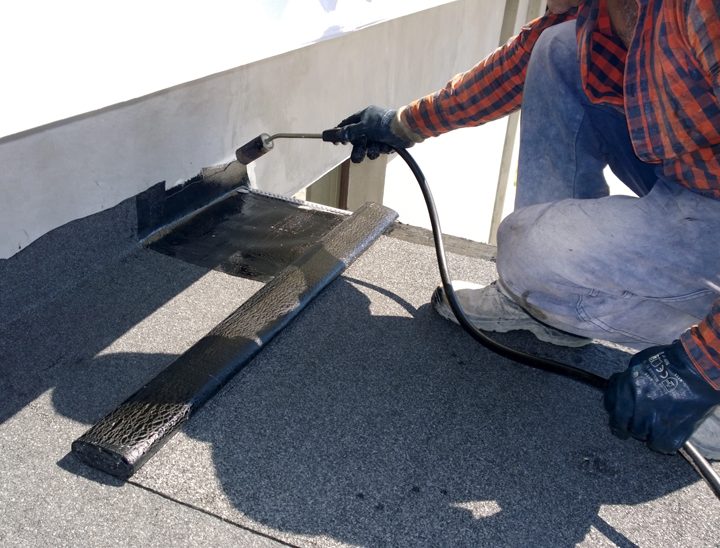How to Spot Roof Damage After a Storm
Storms can be unpredictable, leaving behind significant damage to your home’s roof. Detecting roof damage early is crucial to preventing costly repairs and maintaining your property’s integrity. As trusted roofing experts in London and Essex, we’ve compiled this guide to help you identify common roof damage after a storm and what steps to take next.
1. Start with a Ground-Level Inspection
After the storm has passed and it’s safe to go outside, begin your inspection from the ground. Look for the following signs:
- Missing or Broken Shingles: Pieces of shingles may be visible in your yard or on the ground around your home.
- Debris on the Roof: Branches, leaves, or other debris could indicate potential damage to the roof’s surface.
- Gutters Overflowing with Granules: If you notice an excessive amount of roofing granules in your gutters or downspouts, it could signal significant wear and tear on the shingles.

2. Check for Water Leaks Indoors

Storm damage can lead to water infiltration. Indoors, pay attention to these warning signs:
- Water Stains on Ceilings or Walls: Brown or yellow stains could indicate roof leaks.
- Damp Spots or Dripping Water: Any moisture indoors after a storm should be investigated immediately.
- Peeling Paint or Bubbling Plaster: This could be caused by water seeping through the roof.
3. Look for Exterior Damage
Inspect the outside of your home for signs of roof and structural damage:
- Cracked or Damaged Flashing: Flashing around chimneys, vents, and skylights may crack or loosen during a storm.
- Gutters and Downspouts: Look for dents, blockages, or loose sections.
- Soffits and Fascias: Check for cracks, chips, or missing pieces that may allow water intrusion.

4. Inspect the Roofline
A sagging or uneven roofline may indicate structural damage. While standing on the ground, look for areas where the roof dips or appears uneven. This could be caused by water pooling, broken beams, or compromised structural integrity.

5. Pay Attention to Chimneys and Skylights
Chimneys and skylights are especially vulnerable during storms.
- Cracked Chimney Caps: High winds or debris can damage caps and brickwork.
- Leaking Skylights: Moisture or dripping around skylights can indicate compromised seals.

6. Hire a Professional Roof Inspection
While it’s tempting to climb onto the roof to inspect it yourself, safety should always come first. Hiring professional roofing experts in London and Essex ensures a thorough inspection without putting yourself at risk. A roofing professional will assess:
- Hidden damage that may not be visible from the ground.
- The overall condition of shingles, flashing, and structural elements.
- Recommendations for repairs or preventive maintenance.

What to Do Next
If you identify storm damage, take immediate action to minimize further issues:
- Document the Damage: Take photos of all affected areas for insurance purposes.
- Contact Your Insurance Provider: File a claim promptly and provide detailed evidence of the damage.
- Schedule Repairs with Roofing Experts: Contact a trusted roofing services provider in London and Essex, like Rainy Days Roofing, to address the damage.
Protect Your Home with Rainy Days Roofing
Don’t let storm damage go unchecked! Our team of roofing experts specializes in storm damage repair and inspections. With years of experience serving London and Essex, we provide reliable and efficient roofing services to keep your home safe and secure.
Contact us today for a comprehensive roof inspection and let us restore your roof to its best condition before further damage occurs.

Author









